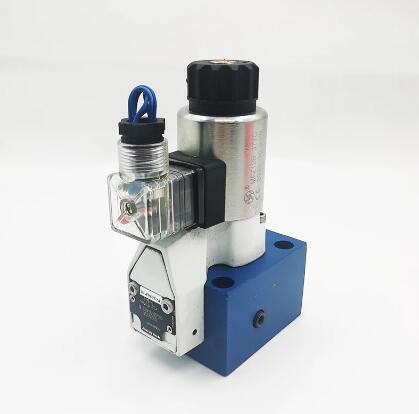Solenoid valves are electromechanically operated valves that convert electric energy into mechanical energy. Their main purpose is to regulate the movement of gas or liquid and eradicate the need for an engineer to manually control the valve, saving time and money. But how does a solenoid valve work? Read on to find out more about the solenoid valve working principal and to discover Huade solenoid valves.

Solenoid valves consist of two basic parts: a solenoid (or electromagnet) and the valve. The valve body is made up of two or more orifices/openings. Whereas, the solenoid is home to several important parts, including a coil, sleeve assembly and plunger.
Solenoid valves work by employing the electromagnetic coil to either open or close the valve orifice. When the coil within the solenoid is energised, the plunger is lifted or lowered to open or close the orifice. This is what in turn controls flow, regulating the movement of gas or liquid.
One of the main advantages of solenoid valves is their versatility. They can be used in an array of industries, for a wide variety of applications and are perfect for a broad range of liquids or gaseous media. They are also an extremely efficient way of controlling flow, as they require very little wiring, expense and effort compared to other valves.
A solenoid valve’s biggest flaw is its capability to handle dirty or contaminated fluids or gas. Foreign contaminants can collect in the solenoid valve’s parts and impede operation. It is also very important that the correct voltage is applied to these valves.
If you need advice on whether a solenoid valve is the right valve for your application don't hesitate to get in touch with us today for expert advice.
Copyright:@2020-2021
Comments Please sign in or sign up to post.
0
0 of 500 characters used